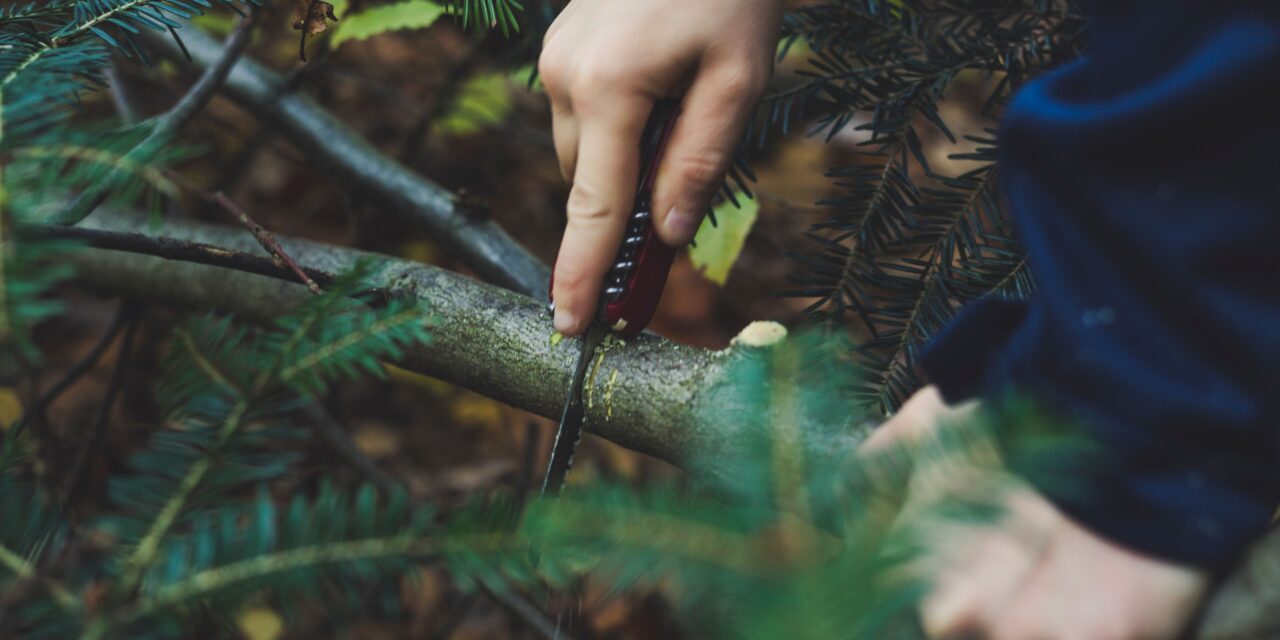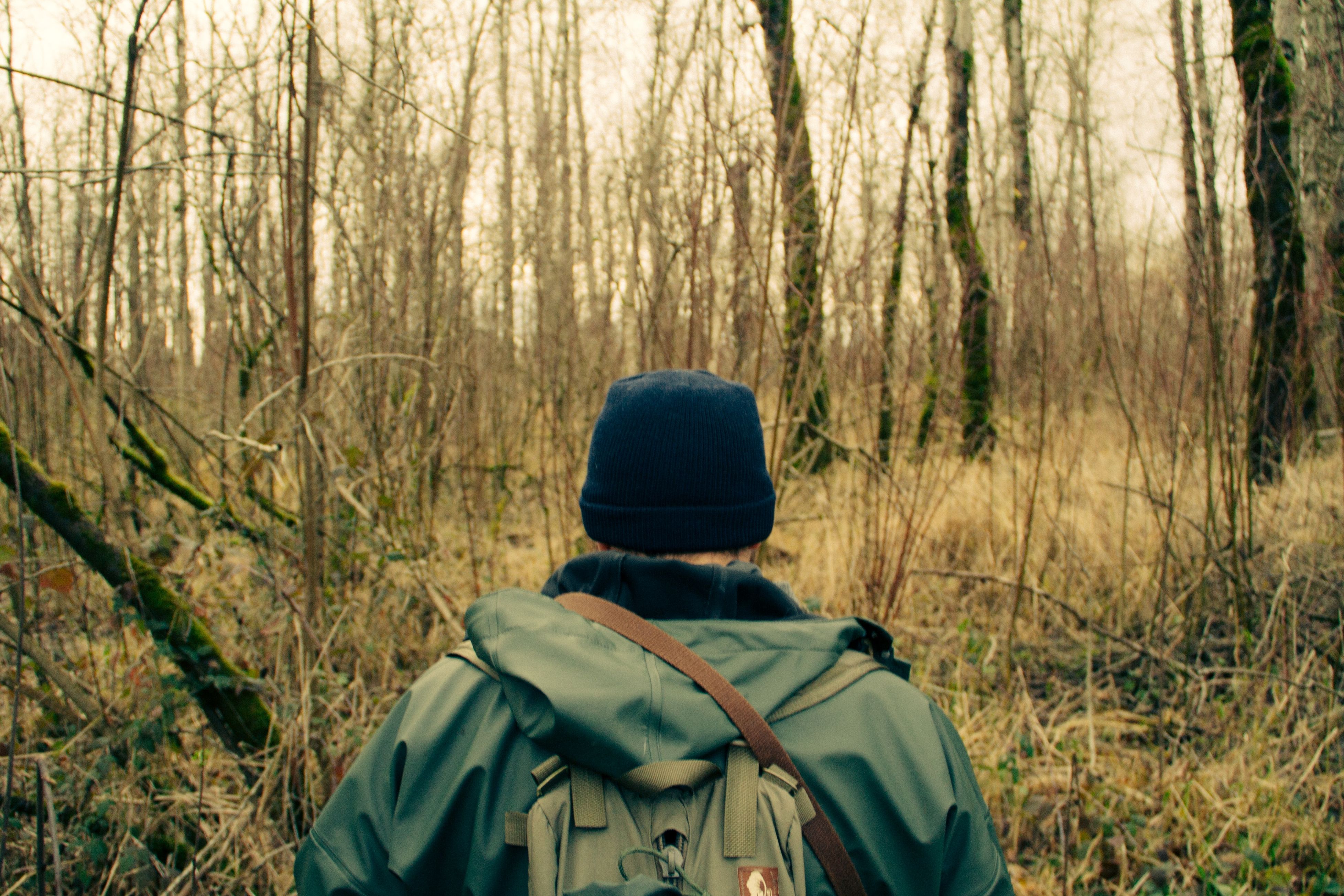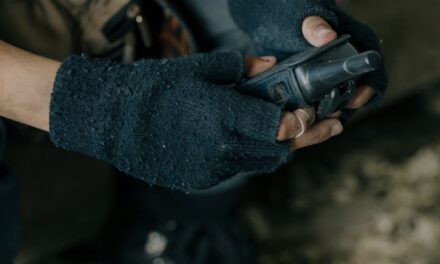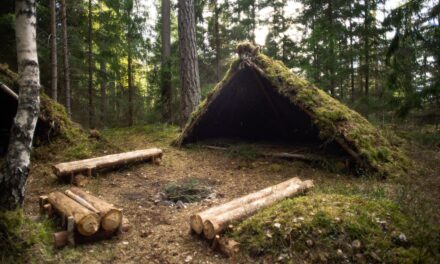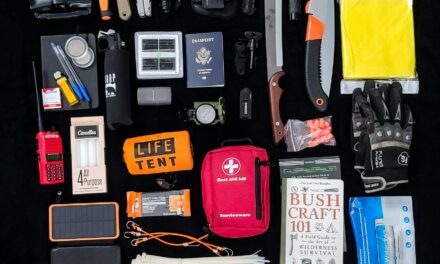Introduction: The Importance of Choosing the Right Survival Gear
In the realm of survival and preparedness, having the right gear can mean the difference between thriving and merely surviving. Whether you’re a seasoned outdoorsman or a newcomer to the world of survival, understanding the essentials of survival gear is critical. This article delves into the world of survival equipment, highlighting the best tools and gadgets that should be a part of every survival kit.
Survival gear is not just about having tools for the sake of having them. Each item in your kit should serve a specific purpose and be reliable when you need it most. From navigating uncharted territories to ensuring your basic needs like food, water, and shelter are met, the right gear is your lifeline in challenging situations.
The key is to strike a balance between being well-equipped and overburdened. Too little gear and you might find yourself lacking in critical situations. Too much, and you’re weighed down by unnecessary items. This article aims to guide you through selecting the best survival gear that’s not only effective but also practical and lightweight.
Let’s embark on this journey to discover the ultimate survival gear that will prepare you for any adventure or unexpected situation.
Understanding the Essentials of Survival Gear
Survival gear encompasses a wide range of tools and equipment designed to aid in various survival scenarios. It’s important to understand that the “best” survival gear isn’t a one-size-fits-all solution; it varies based on the environment, the nature of the adventure, and personal needs. However, certain categories of gear are universally essential.
1. Water Purification Tools
Access to clean drinking water is paramount in any survival situation. Water purification tools such as filters, purification tablets, or UV light purifiers are essential for ensuring safe hydration.
2. Food Procurement Equipment
Whether it’s compact fishing gear, snare wires, or portable cooking equipment, having the means to procure and prepare food is vital.
3. Shelter and Warmth
Protection from the elements can be a matter of life and death. Compact and efficient shelter options like emergency bivvy sacks, space blankets, and lightweight tents should be considered.
4. Navigation Tools
In an era of GPS technology, traditional navigation tools like compasses and maps still reign supreme due to their reliability and independence from batteries and signals.
5. First Aid Supplies
A well-stocked first aid kit tailored to your environment and skill level can help manage injuries and prevent infections.
6. Multi-tools and Knives
The versatility of a good knife or multi-tool makes them indispensable for various tasks, from building shelter to preparing food.
7. Fire Starting Implements
The ability to start a fire is crucial for warmth, cooking, and signaling. Waterproof matches, ferro rods, and lighters are some of the most reliable options.
8. Signaling Devices
In case of emergency, signaling devices such as whistles, mirrors, or flares can be lifesavers, especially when rescue is needed.
Now that we’ve outlined the basic categories, let’s delve deeper into each of these and explore the top picks in the subsequent section.
Deep Dive into the Best Survival Gear Options
It’s time to explore the best options within each category, focusing on effectiveness, reliability, and practicality. We’ll also provide insights from experts in the field and highlight the latest research in survival gear technology.
Water Purification: Lifesaving Hydration Solutions
Staying hydrated is a top priority, and clean water is not always readily available. Portable water filters like the LifeStraw or Sawyer Mini effectively remove bacteria and parasites. For chemical purification, iodine tablets or drops are lightweight options, but be mindful of their taste and potential allergies. Additionally, solar stills or DIY filtration methods using natural materials can be lifesaving in dire situations.
Food Procurement: Ensuring Sustenance in the Wild
Foraging, hunting, and fishing are viable options for food procurement. Compact fishing kits, wire snares, and basic hunting tools can be essential. However, knowledge of edible plants and insects can also provide necessary nutrition. Lightweight cooking equipment, like a small pot or a collapsible stove, can make food preparation more manageable.
Shelter and Warmth: Your Haven in the Harsh Outdoors
A portable, lightweight tent or a hammock with a mosquito net can provide shelter from elements and insects. Mylar emergency blankets are effective for retaining body heat and are compact. For colder environments, consider a lightweight sleeping bag rated for low temperatures.
Navigation: Staying on Course
GPS devices are handy but rely on battery power. Traditional compasses, combined with physical maps of the area, are reliable backups. Learning basic navigation skills using celestial bodies can also be invaluable.
First Aid: Handling Medical Emergencies
A comprehensive first aid kit should include bandages, antiseptics, pain relievers, and specific medications based on personal needs. Knowledge of basic first aid techniques is as crucial as the kit itself.
Multi-tools and Knives: Versatility at Hand
A sturdy, sharp knife is a survival essential for tasks like cutting, carving, and hunting. Multi-tools add versatility with features like screwdrivers, scissors, and can openers. Brands like Leatherman and Victorinox are known for their durability and functionality.
Fire Starters: The Spark of Survival
Being able to start a fire is crucial for warmth, cooking, and signaling. Waterproof matches, lighters, and ferro rods are reliable choices. Natural methods like bow drills can also be effective, but they require practice and skill.
Signaling Devices: Attracting Rescue Attention
In emergencies, being visible to rescuers is vital. Whistles, signal mirrors, and flares can alert rescuers from a distance. Even simple items like brightly colored clothing or makeshift flags can serve as signaling tools.
Summary and Takeaways: Equipping Yourself for Survival
The right survival gear can make a significant difference in challenging situations. The key is to tailor your gear to your environment, skills, and the specific nature of your adventure. Regularly reviewing and updating your kit based on advancements in technology and personal experience is also vital.
Remember, the best survival gear is a combination of quality equipment and the knowledge to use it effectively. Regular practice and training in survival skills enhance your ability to use these tools effectively. In the end, your preparedness, adaptability, and resilience are your greatest assets in any survival scenario.
Stay prepared, stay safe, and embrace the adventure with confidence, knowing you have the best survival gear by your side.


